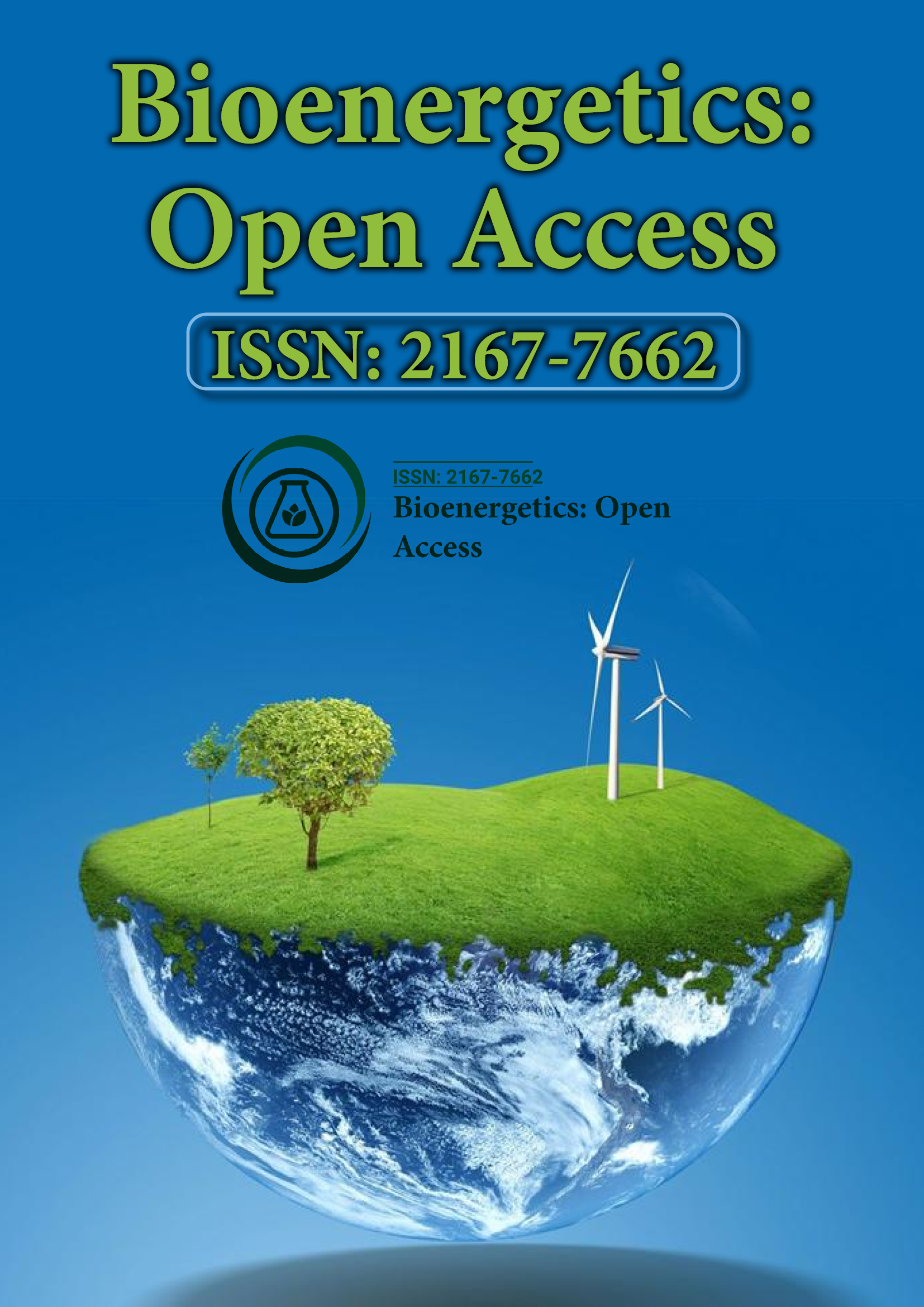Indexed In
- Open J Gate
- Genamics JournalSeek
- Academic Keys
- ResearchBible
- RefSeek
- Directory of Research Journal Indexing (DRJI)
- Hamdard University
- EBSCO A-Z
- OCLC- WorldCat
- Scholarsteer
- Publons
- Euro Pub
- Google Scholar
Useful Links
Share This Page
Journal Flyer

Open Access Journals
- Agri and Aquaculture
- Biochemistry
- Bioinformatics & Systems Biology
- Business & Management
- Chemistry
- Clinical Sciences
- Engineering
- Food & Nutrition
- General Science
- Genetics & Molecular Biology
- Immunology & Microbiology
- Medical Sciences
- Neuroscience & Psychology
- Nursing & Health Care
- Pharmaceutical Sciences
Perspective - (2025) Volume 13, Issue 1
Kinetic Perspectives on Metabolic Pathways and Oxygen Consumption
Alan Whitmore*Received: 19-Feb-2025, Manuscript No. BEG-25-28879; Editor assigned: 21-Feb-2025, Pre QC No. BEG-25-28879 (PQ); Reviewed: 07-Mar-2025, QC No. BEG-25-28879; Revised: 14-Mar-2025, Manuscript No. BEG-25-28879 (R); Published: 21-Mar-2025, DOI: 10.35248/2167-7662.25.13.296
Description
The study of animal bioenergetics is central to understanding how organisms allocate energy to essential biological processes, such as growth, maintenance, reproduction, and response to environmental challenges. In particular, the thermodynamic and kinetic analysis of metabolic processes can provide valuable insights into the physiological strategies employed by organisms to optimize energy use. Anguilla anguilla, the European eel, serves as an intriguing model organism for investigating bioenergetics due to its complex life cycle, which involves both freshwater and marine phases, migratory behavior, and significant metabolic adaptations. In this context, examining the thermodynamic and kinetic aspects of growth and metabolism in A. anguilla can contribute to broader understandings of energy efficiency, metabolic plasticity, and organismal fitness.
The growth and metabolism of A. anguilla are governed by a finely tuned balance between energy acquisition and expenditure, a concept that can be explored through the lens of thermodynamics. At the core of this analysis lies the first law of thermodynamics, which states that energy cannot be created or destroyed but only transformed. In animals like A. anguilla, energy is acquired primarily through food consumption, which is converted into biochemical energy during digestion, absorption, and assimilation. The energy obtained is then utilized for various metabolic processes, such as cellular respiration, protein synthesis, and maintenance of body functions.
The energy transformation in A. anguilla can be analyzed by evaluating parameters like the Basal Metabolic Rate (BMR) and Specific Dynamic Action (SDA). BMR is the energy expended by an organism at rest to maintain basic physiological functions, such as respiration and circulation. SDA, on the other hand, refers to the increase in metabolic rate following feeding and is associated with the energy required for digestion, assimilation, and nutrient storage. These parameters can be quantified using calorimetry and respirometry, both of which allow the measurement of heat production and oxygen consumption, respectively, providing critical data on the efficiency of energy utilization during metabolic processes.
From a thermodynamic standpoint, A. anguilla’s metabolism is constrained by factors such as environmental temperature, water salinity, and food availability. In the case of A. anguilla, the migration between freshwater and marine environments, as well as the varying thermal conditions encountered in these habitats, presents a unique opportunity to study how energy efficiency adapts to fluctuating ecological pressures. The thermodynamic efficiency of the organism’s metabolic processes is influenced by the availability of energy substrates like glucose, lipids, and proteins, which are metabolized via aerobic and anaerobic pathways. Notably, the efficiency of aerobic respiration in A. anguilla is likely influenced by oxygen availability, while anaerobic pathways could be employed during migratory phases or periods of hypoxia.
Kinetic analysis further complements the thermodynamic framework by examining how biochemical reactions involved in energy metabolism proceed over time and in response to environmental stimuli. The key metabolic pathways in A. anguilla, including glycolysis, the citric acid cycle, and oxidative phosphorylation, can be modeled kinetically to understand the rates at which substrates are converted into energy. For example, the rate of oxygen consumption during cellular respiration can be used to estimate the metabolic rate of the eel, which can vary according to factors such as growth stage, diet, and environmental conditions.
Growth in A. anguilla can also be analyzed from a bioenergetic perspective, considering the allocation of energy to various physiological processes. The energy expended on growth can be quantified by measuring somatic growth rates and comparing them to the energy input from food consumption. The growth efficiency can then be assessed by calculating the net growth efficiency (NGE), which represents the proportion of ingested energy that is converted into new tissue. This metric can be influenced by factors such as food quality, temperature, and the presence of environmental stressors like pollutants. The rate of growth is also tightly coupled to metabolic processes, as energy is diverted from maintenance and activity toward tissue synthesis during periods of rapid growth.
In conclusion, the thermodynamic and kinetic analysis of growth and metabolism in Anguilla anguilla provides a comprehensive framework for understanding the bioenergetic strategies of this remarkable species. By quantifying the energy transformations and metabolic rates in response to ecological pressures, we gain insights into the efficiency, adaptability, and resilience of A. anguilla. This knowledge not only advances our understanding of animal bioenergetics but also contributes to the development of effective conservation strategies for this ecologically and economically important species.
Citation: Whitmore A (2025). Kinetic Perspectives on Metabolic Pathways and Oxygen Consumption. J Bio Energetics. 13:296.
Copyright: © 2025 Whitmore A. This is an open access article distributed under the terms of the Creative Commons Attribution License, which permits unrestricted use, distribution, and reproduction in any medium, provided the original author and source are credited.
